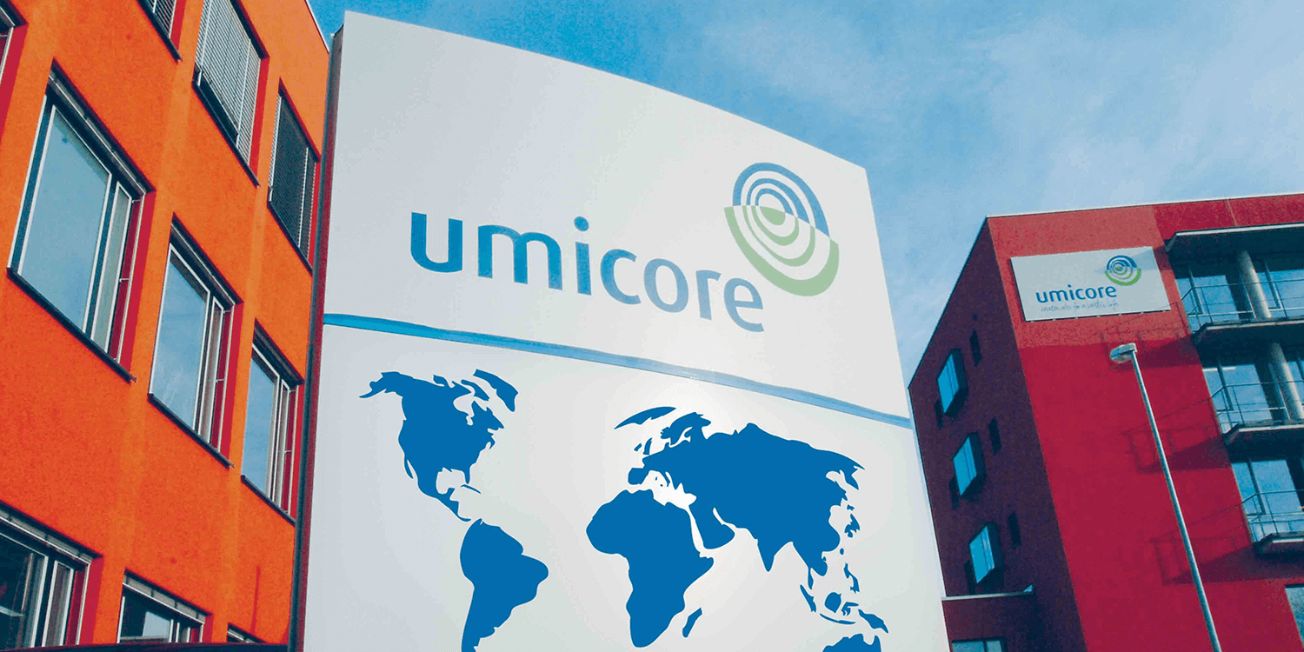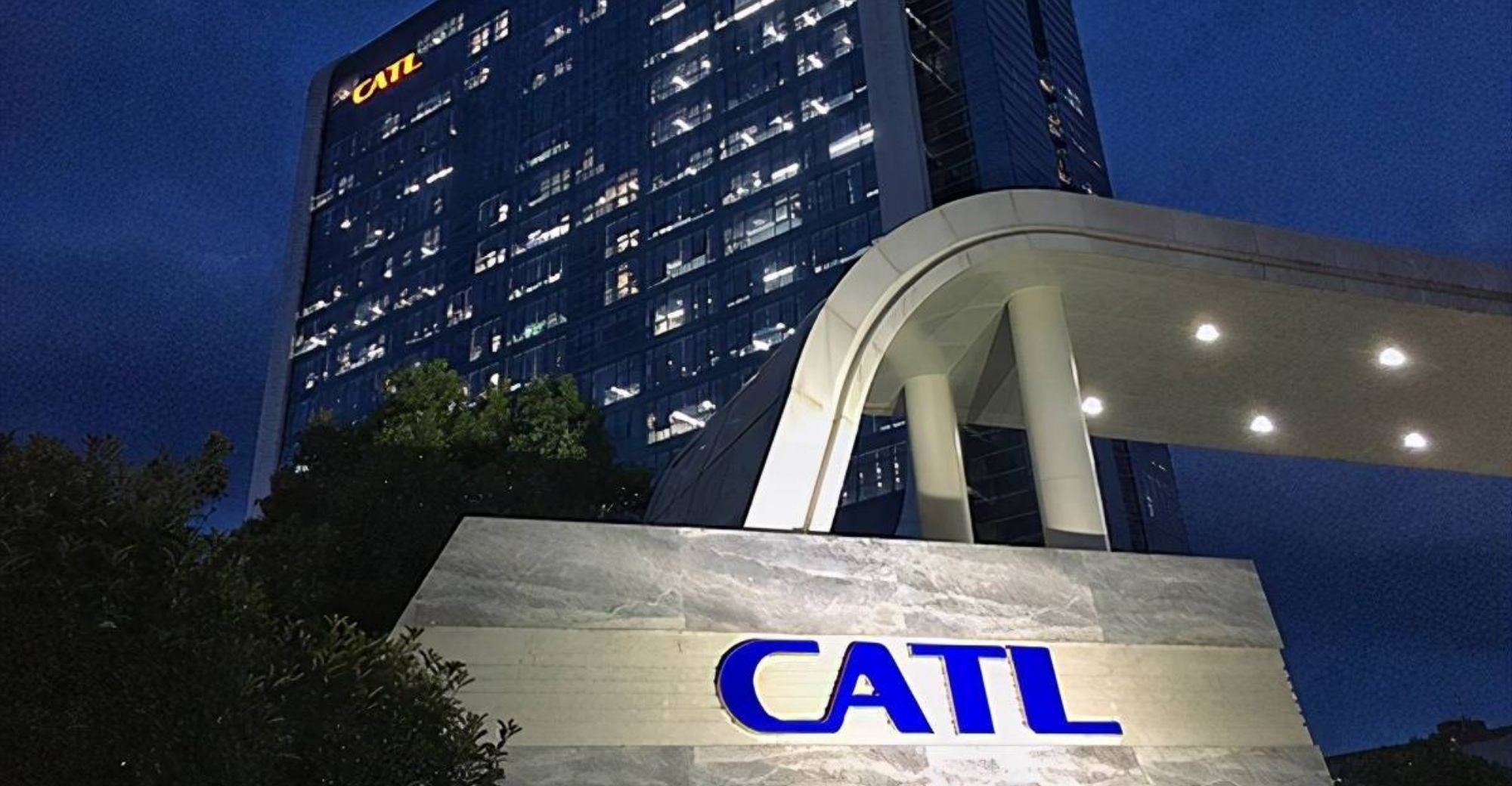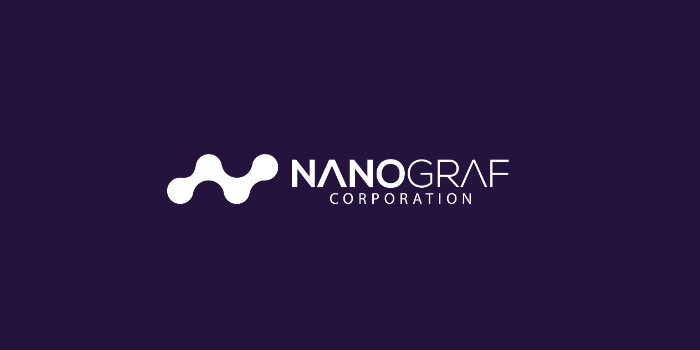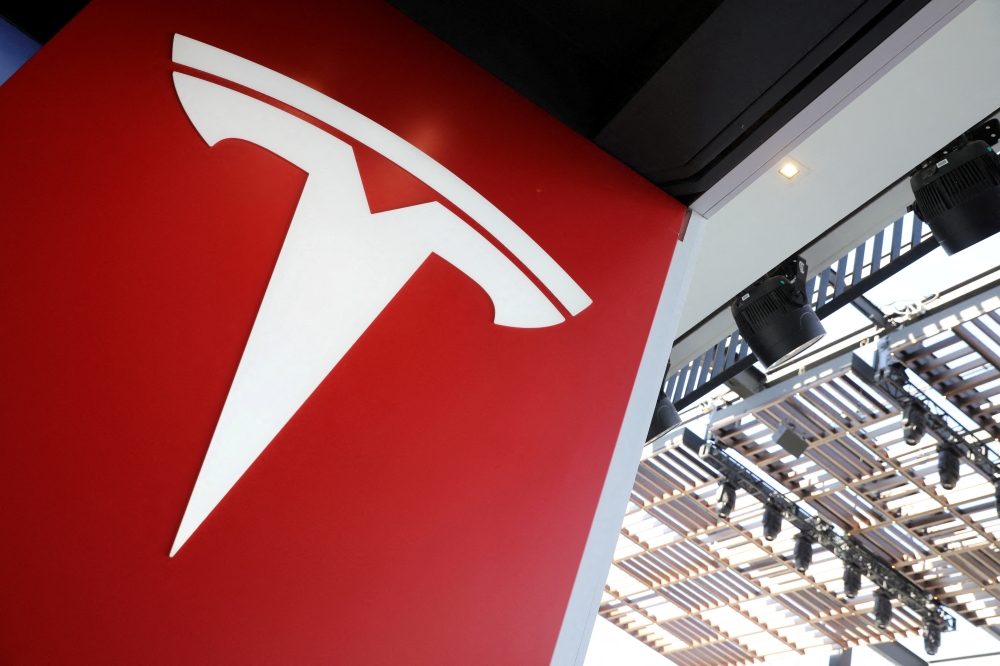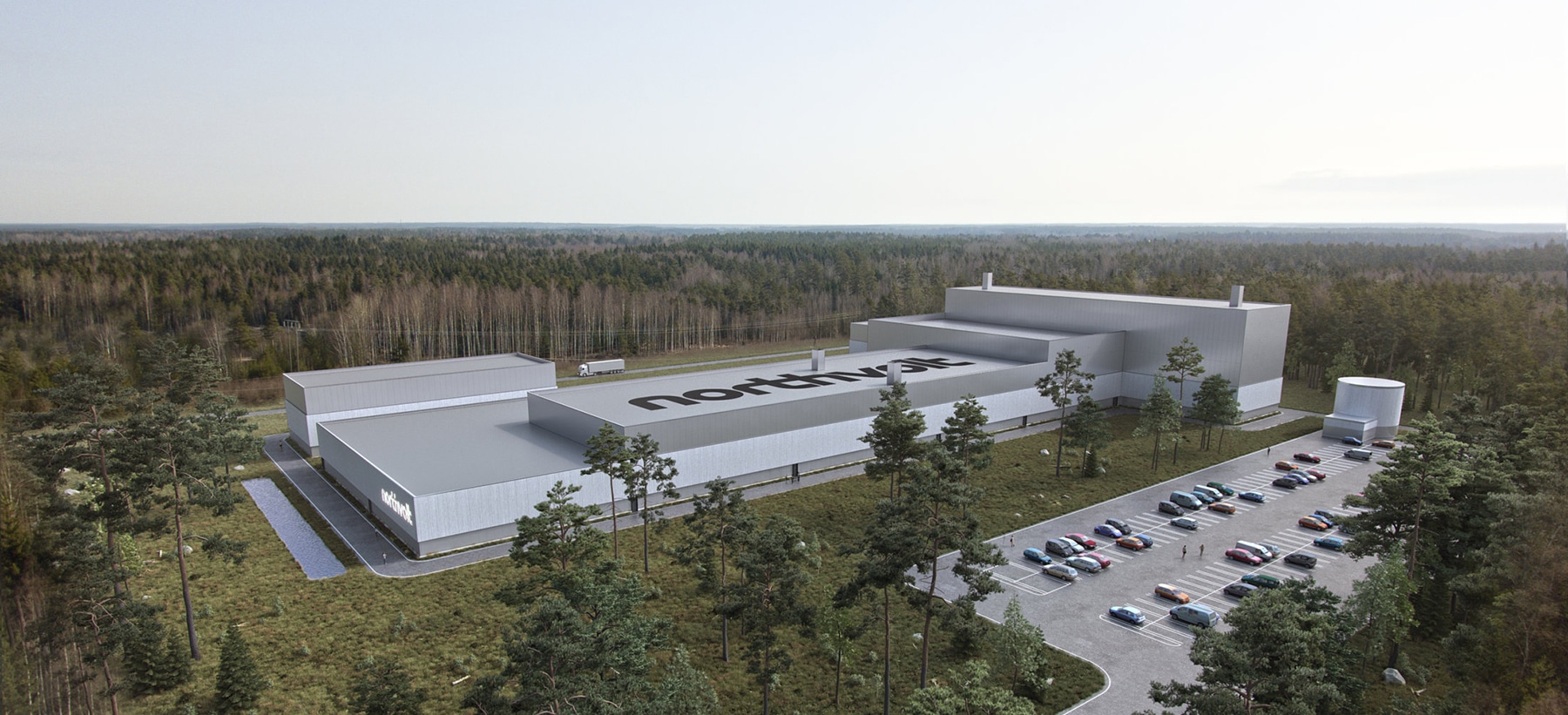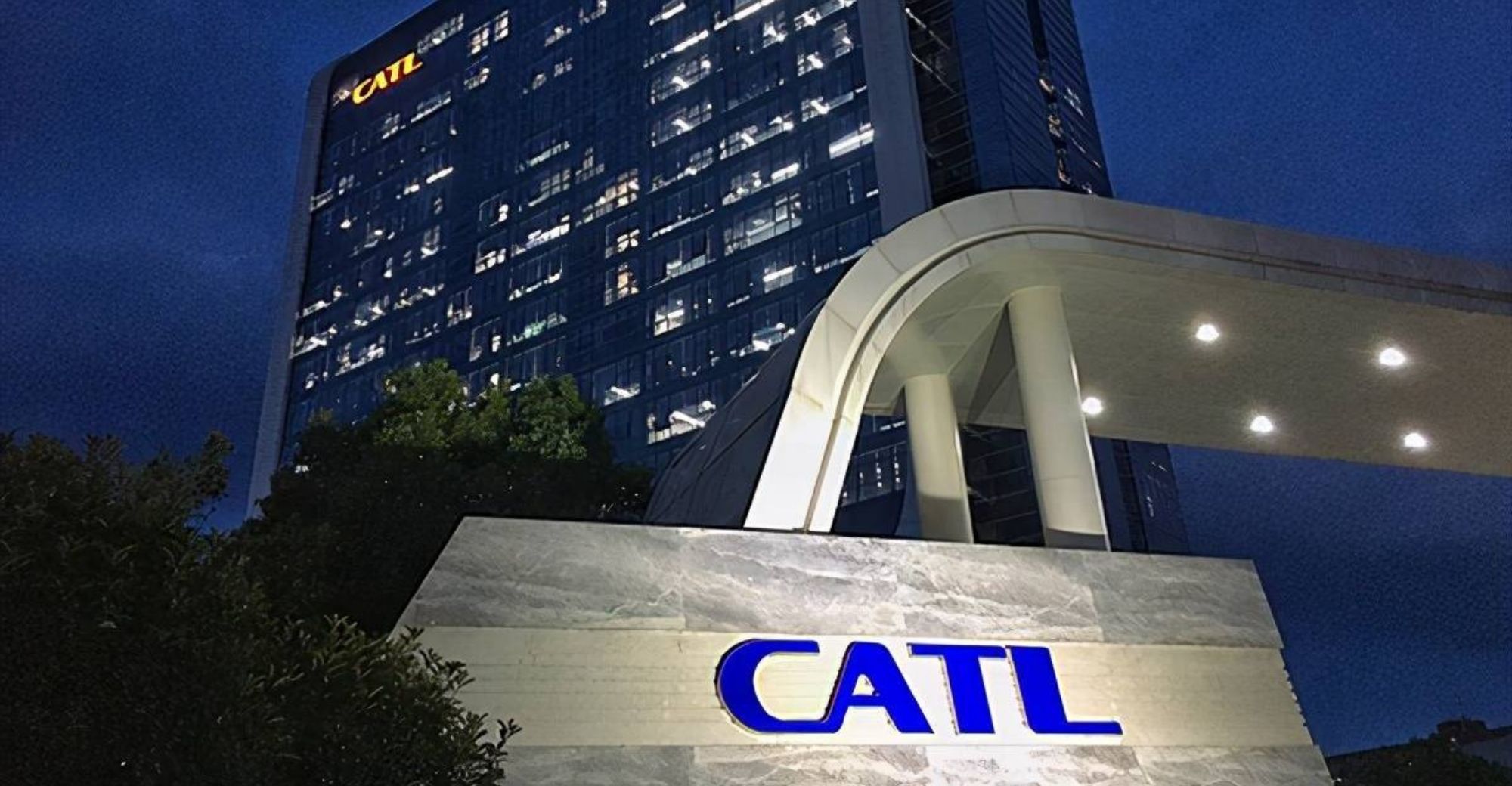Belgian materials technology company Umicore has announced that it is embarking on the industrialisation of its high lithium, manganese (HLM) technology for active cathode materials. The firm has set its sights on producing and deploying the technology in electric vehicles by 2026.
The HLM technology is a sustainable and low-cost battery technology that offers high energy density. Umicore views it as complementary to its portfolio of nickel, manganese, and cobalt (NMC) battery materials for electric vehicles. The HLM technology is expected to provide better total cost of ownership than lithium iron phosphate (LFP), with longer ranges, equivalent safety, more reliable state-of-charge monitoring, and better recyclability.
See also: Umicore and Terrafame Sign Long-Term Nickel Supply Agreement for EV Batteries in Europe
Manganese is the third most abundant transition metal in the Earth’s crust after iron and titanium, according to a 2020 publication by the Fraunhofer Institute. It is a relatively inexpensive raw material that is widely available. For battery applications, ores with a manganese content of over 45% and lower impurities of nickel, cobalt, and copper are used. South Africa, Australia, and Gabon are the leading producers of manganese, with a combined total of over 11 million tonnes in 2019.
Umicore has been working on the commercialisation of manganese-focused battery technology for several years. In 2021, the company signed a non-exclusive patent cross-licensing agreement with BASF, which includes the HLM technology. This move is expected to accelerate the development of the HLM technology and help Umicore achieve its goal of producing commercial-grade HLM batteries for electric vehicles in 2026.
“We have entered into product development programs with car and cell manufacturers who chose to fast-track our proprietary high-capacity-low-cost and recyclable solution thanks to its proven and distinct performance,” said Ralph Kiessling, Executive Vice President Energy & Surface Technologies at Umicore
Umicore has ambitious plans to expand its production of Cathode Active Materials (CAM) to meet the growing demand for electric vehicle (EV) batteries. Currently, Umicore produces NMC-based active cathode materials in its plants in Korea and Poland. The company has opened a new CAM plant in Nysa, Poland, which is expected to have an annual production capacity of 20 GWh by the end of 2023, and up to 200 GWh in the following years.
Umicore’s latest plant is planned in Loyalist, Ontario, making it the company’s first CAM production facility in North America. This move demonstrates the company’s commitment to meeting the increasing demand for electric vehicles in the region. Umicore aims to reach a global capacity of more than 400 GWh by 2030, which is likely to involve the construction of at least one more plant.
Umicore’s customers include Automotive Cells Company (ACC) of Stellantis, Total, and Mercedes-Benz, as well as Volkswagen’s future European cell factories. This demand for CAM highlights the importance of producing sustainable, high-quality battery materials for the future of the automotive industry. Umicore’s expansion plans demonstrate its dedication to providing such materials, enabling the growth of the EV market and contributing to a more sustainable future.

